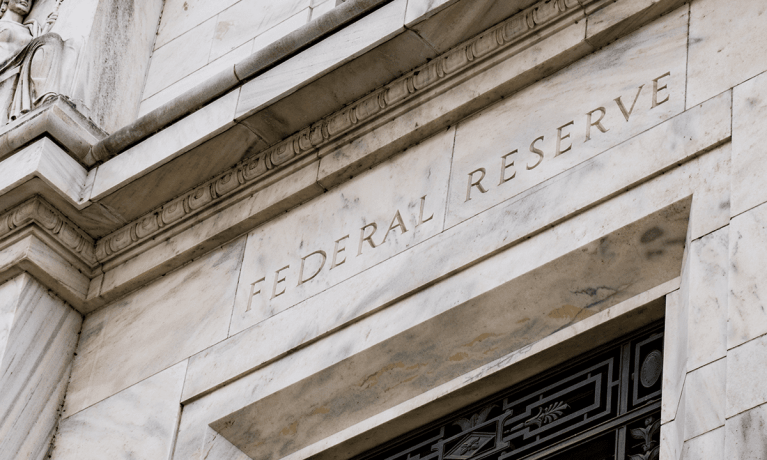
The Federal Reserve is reportedly reducing its workforce, cutting approximately 300 positions this year.
The staff cuts primarily affect the 12 regional reserve banks and focus on information technology roles and payment processing positions, Reuters reported Friday (Sept. 22). The move comes as the Fed adapts to the evolving economic landscape and seeks to streamline its operations.
The Fed has been expanding its reach in the economy and its regulatory agenda, resulting in consistent growth in its workforce, according to the report. However, this year’s staff reductions mark the first decline in budgeted headcount since 2010. Factors such as the adoption of cloud-based software and the consolidation of payment processing systems have contributed to the decline in employment.
The staff reductions are not directly tied to the recent losses incurred by the Fed due to its paying more interest to banks on their deposits than it is earning on its own assets, the report said. Instead, they reflect the institution’s commitment to aligning with long-term strategies and ensuring responsible stewardship of public funds.
The Fed’s operations have faced scrutiny from Republicans in Congress, per the report. They have questioned the Fed’s expanded role in addressing issues like climate change and economic inequality, which had contributed to growth in staffing.
Unlike federal agencies, the Federal Reserve is self-funded, relying on earnings from asset holdings and fees charged to banks, according to the report. However, recent increases in interest rates have led to the Fed spending more than it earns annually, resulting in the accumulation of debt owed to the U.S. Treasury.
The last time the number of jobs at the Fed fell was between 2003 and 2010, when the decline in the use of paper checks led the organization to cut workers who had processed those documents, the report said. The number of roles at the Fed fell from 24,000 to 19,735 during that period.
The latest changes come at a time when the Fed said it aims to strengthen its supervision and regulation of banks after the failure of Silicon Valley Bank. Federal Reserve Vice Chair for Supervision Michael S. Barr said May 16 that the Fed must “improve the speed, force and agility of supervision.”